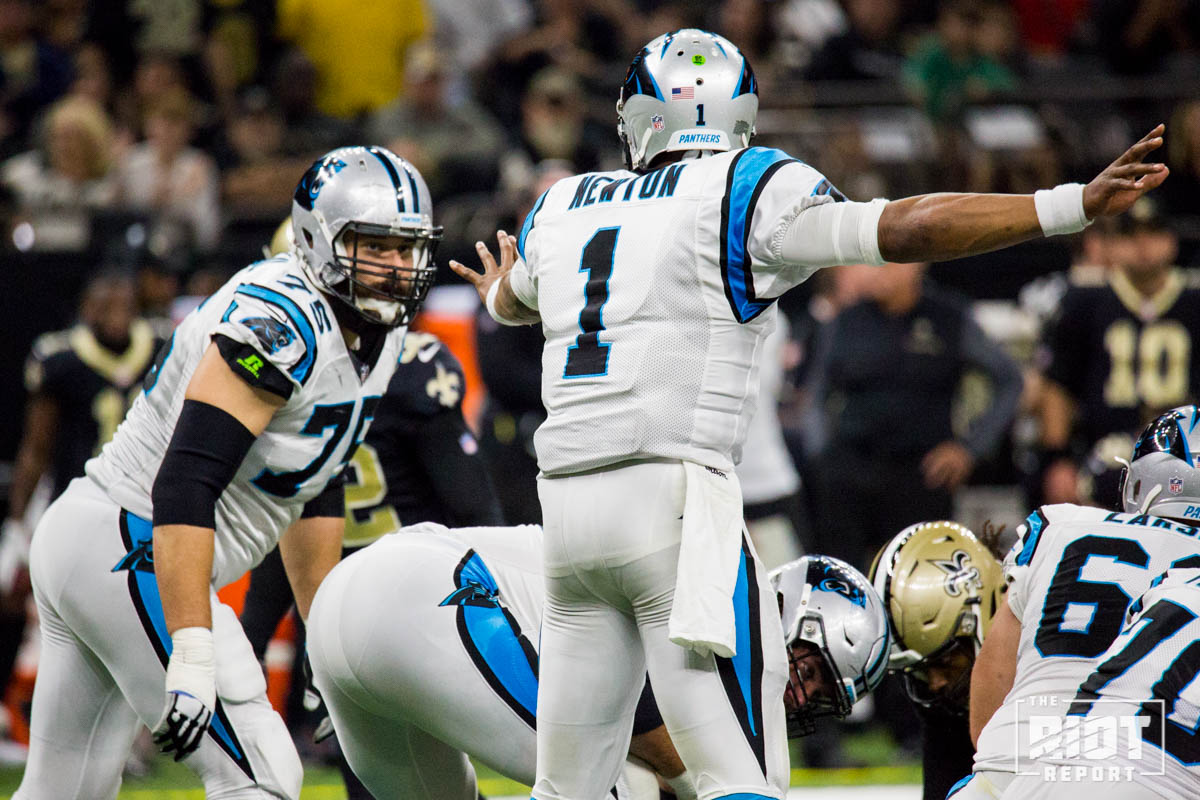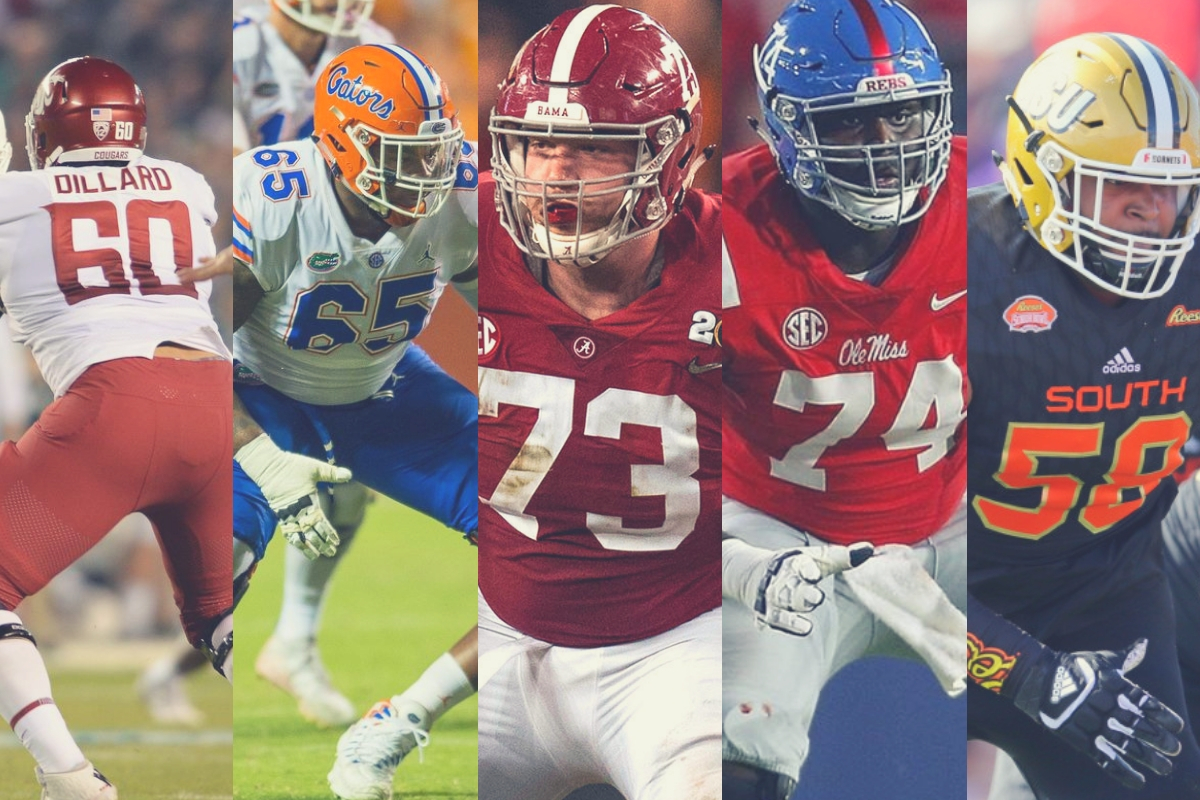Last season, with both the Kansas City Chiefs and Los Angeles Rams undefeated and averaging over 30 points per game and the Philadelphia Eagles the reigning Super Bowl champions, ESPN’s Bill Barnwell wrote that “the cheat code to unlock a Super Bowl-caliber team in the modern NFL is to find a useful quarterback on a rookie deal.”
While Barnwell wasn’t the first to relay these sentiments about the new key to success in the NFL, 2018 was certainly the year when this model for building a team came to the forefront.
Draft a quarterback early, pay him on the rookie wage scale and throw money around to secure as much talent as possible while he is effectively a bargain for the first five years of his career.
It worked in Philadelphia where the team gave Carson Wentz a new target in Alshon Jeffery and shored up their defensive line with Timmy Jernigan and won the Super Bowl in his second year even after both Wentz and starting tackle Jason Peters went down – the kind of depth you can afford when your quarterback has the 28th highest cap hit among quarterbacks.
It almost worked last season in Los Angeles where the team signed what seemed like every free agent on the market – Brandin Cooks, Marcus Peters, Aqib Talib and Ndamukong Suh – while extending Todd Gurley while Jared Goff accounted for $7.6m of cap space, just over $1m less than Ryan Tannehill.
The Browns had the ability to absorb both Olivier Vernon and Odell Beckham’s cap numbers this offseason because of Baker Mayfield . Same goes for Kansas City with Tyrann Mathieu and Patrick Mahomes.
But what if you’re in a situation like the Panthers find themselves in heading into 2019 with the seventh-least amount of cap space in the entire league – where the rookie quarterback model isn’t an option because you have a franchise quarterback who is not only the highest player on your team, but the eighth-highest paid player in the league in 2019?
You find another position where there’s value in having a player on the rookie scale.
There are 49 players set to have a cap hit of $15m in 2019 – 19 of them are quarterbacks….and the position with the second-most huge cap hits?
Left tackle.

While the Panthers have two tackles on their roster with excellent production over the past two seasons in Taylor Moton and Daryl Williams, both had their success at the right tackle position – while both can play left, it’s not their natural position; with Williams coming off knee surgery, on a one-year deal and Moton having one game of experience on the left side of the line, the left tackle slot is far from solidly filled.
As Panthers fans are well aware of after their last free agent tackle splurge – he’ll be occupying a fair amount of cap space of the Panthers’ while in a Texans uniform in 2019 – it can not only be hard to find a quality left tackle in free agency – but if you try, it’s going to be expensive.
Trent Brown, the Oakland Raiders newest left tackle, signed one of the biggest free agent deals in terms of the offseason; Brown was traded to the Patriots along with a fifth-round pick for a third-rounder last April – essentially, the Pats moved down 50 spots to pick up Brown – and the 2015 seventh-rounder started 16 games at left tackle for the first time in his career in 2018.
He’s now the highest-paid offensive lineman in the league.
When you have a need at a position that it will cost you a lot to upgrade through free agency, you have to exploit the loophole that the rookie wage scale presents – a case could certainly be made for an elite edge rusher as well, where the eye-popping deals for Demarcus Lawrence and Trey Flowers have raised the average salary of NFL edge rushers to approximately $3.1m per season. However, if you look at the average performance a team can expect from their players over the course of their rookie contract, teams have been more successful at the tackle position than at the defensive end or outside linebacker position through the first five years of a player’s career.
When using Pro Football Reference’s Approximate Value statistic, a good, if not imperfect, general judge of play quality across multiple positions, 32 defensive ends or edge rushers in the past decade have had a season above an AV of seven – for reference, that equals Mario Addison’s 2018 season with nine sacks – from the DE/OLB position.
Over the same time frame, 76 such seasons came from the tackle position.
This isn’t a missive that the Panthers must draft a tackle to protect Cam Newton’s blindside in the first round. But as the NFL’s salary cap becomes almost as important as what happens on the field, teams with an eye towards the future must take advantage of any loophole they can.
“You do look, at times, at the five primary positions, but you don’t make your decision in the first round on [just] those five positions,” said Marty Hurney last week. “Now, if there are players at that position that are close together, position value comes into play sometimes – as far as corners and left tackles.”
The Panthers don’t have a need at the quarterback position – at least not for the next two seasons – so the rookie quarterback model can’t be in their plans in 2019.
But the rookie left tackle model?
Maybe.


